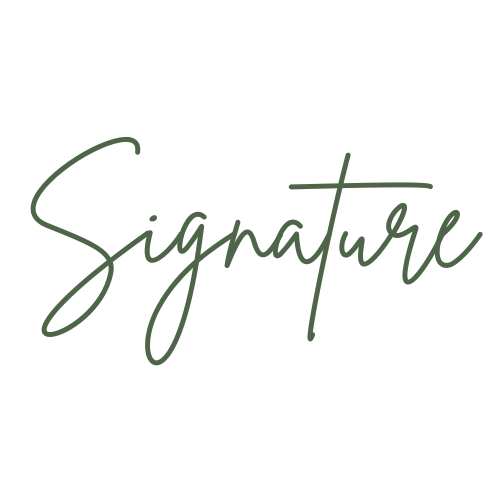John Constable Authentication
John Constable, one of England’s foremost landscape painters, revolutionized the portrayal of nature in the 19th century. Born in 1776 in Suffolk, Constable’s deep affection for the English countryside, especially the area surrounding his home in the Stour Valley, is evident in his masterpieces such as The Hay Wain, Dedham Vale, and Salisbury Cathedral from the Meadows. His work stands out for its atmospheric depiction of weather and light, offering viewers a snapshot of rural England’s serene beauty. Constable’s approach to landscape painting, often referred to as “naturalistic,” was considered radical at the time, as he eschewed idealized forms for a more direct and emotional connection to the landscape.
Though Constable struggled for commercial success in his native England during his lifetime, his work was highly admired in France, where it had a profound influence on the emerging Barbizon School and later on the Impressionists. Today, Constable’s paintings, sketches, and drawings are among the most coveted in the world of art. However, this has made authentication a complex and essential process, as collectors and institutions strive to differentiate original works from imitations or misattributions.
The Challenge of Constable Authentication
Authenticating John Constable’s works poses unique challenges, given the artist’s vast range of output, which spans finished oil paintings, detailed sketches and quick studies executed outdoors. Constable often created multiple versions of the same scene, producing both preparatory sketches and more polished studio pieces. This practice of working across different formats complicates the task of distinguishing between finished works intended for public display and preparatory studies or sketches that may not have been signed or dated.
Moreover, Constable’s fame and the high value of his works have led to the creation of forgeries over the years, some of which attempt to mimic his iconic treatment of skies and the countryside. His highly sought-after oil sketches, often quickly executed on-site to capture a moment of shifting weather or light, are particularly difficult to authenticate because of their spontaneous nature and unfinished appearance.
While several institutions and experts have cataloged Constable’s works, the volume and range of his output make authentication an ongoing challenge. For collectors and art professionals seeking absolute certainty, it is crucial to consult with specialized experts like Signature to ensure rigorous and accurate authentication.
Signature’s Approach to Constable Authentication
At Signature, we adopt a thorough and multi-layered approach to authenticate John Constable’s works. Each artwork is examined through a combination of in-depth art historical analysis, scientific methods, and detailed research into the work’s provenance, allowing us to ensure a reliable authentication process.
Comparative Analysis: Constable’s art underwent significant changes over his career, and he employed different techniques depending on the type of work he was creating. Our experts carefully compare the piece in question with verified Constable works from the same period, analyzing key aspects such as his distinctive handling of light, brushstrokes and atmospheric effects. Whether assessing one of his famous large-scale oil paintings or a field study completed outdoors, our goal is to determine if the techniques align with the artist’s known practices for that particular period and medium.
Provenance Research: Understanding a work’s history of ownership is a vital aspect of verifying its authenticity. At Signature, we delve into the artwork’s provenance, tracing its history from previous owners to exhibitions and sales records. This research is often crucial in establishing the legitimacy of a piece, especially for Constable’s lesser-known sketches and studies. If gaps or inconsistencies arise, we go beyond the surface, consulting historical archives, auction house records and personal correspondence to uncover any missing links in the work’s ownership trail.
Scientific Analysis: To further substantiate the artwork’s authenticity, we employ advanced scientific techniques, such as X-ray imaging, pigment analysis and infrared reflectography. These methods allow us to uncover hidden layers of paint, study the chemical makeup of pigments, and identify anachronistic materials that may point to a forgery. By comparing the materials used with those available during Constable’s time, we can determine if the work’s composition matches the techniques and materials the artist was known to use, ensuring that the piece is genuine.
The Financial and Legal Stakes of Constable Authentication
Owning a verified John Constable painting or sketch is not just a cultural accomplishment but also a significant financial investment. Genuine works by Constable can sell for millions at auction, making them valuable assets for collectors and institutions. However, the financial risk of acquiring a forged or misattributed piece can be substantial. Misattributed works could result in financial losses, legal complications or reputational harm, especially for auction houses or galleries handling high-value transactions.
For this reason, art professionals, galleries and auction houses approach the authentication of Constable’s works with care, often requiring expert evaluation before a sale or acquisition. Ensuring the legitimacy of a piece through a trusted process not only protects the buyer from potential pitfalls but also strengthens the value of the work in the market.
At Signature, we provide a robust authentication service that helps protect the interests of our clients. By conducting thorough analysis and verification, we enable our clients to confidently participate in the art market, whether they are acquiring or selling a John Constable work. Contact us today to learn more about how Signature can assist with Constable authentication and ensure the long-term preservation of your fine art investment.

